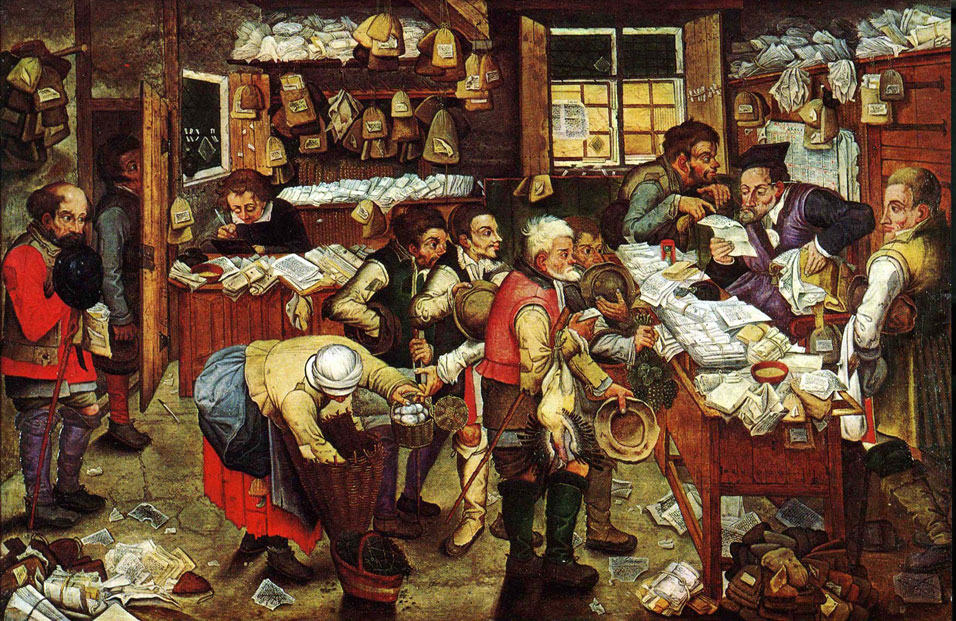In my Data Transformation, the Target class needs to create a new List of objects (ListOfObj), depending on some conditions of Source class (Source/Target are completely distinct/different classes).
I experimented with Lists of 'primitive' data types (ListOfDT), and I could add new %String items (as an example) to a List of %String property, with "append" action in DT.
Does anyone have an example, or guidance, how to create new Lists of Objects in data transformation?
For example, if I have a 'container' class like this, it works:








